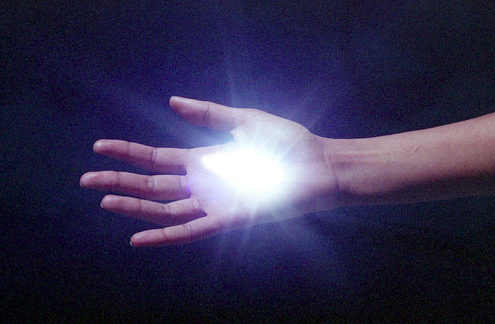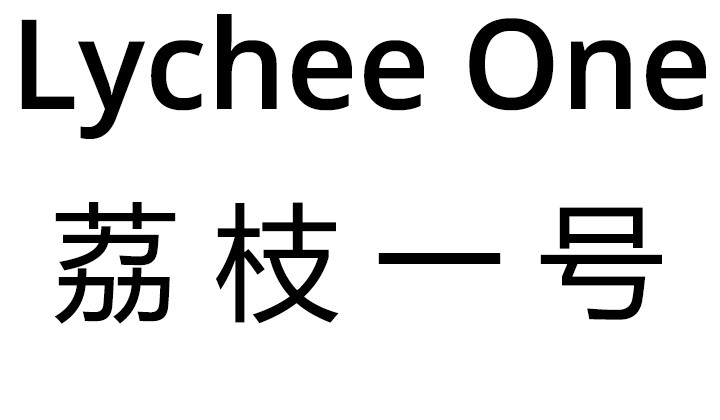Àngels Miralda Tena
‘Possibility of Magic’
Written April, 2013

Magic is a trick that makes things appear and disappear, it breaks the laws of reality and therefore cannot coexist with it, and yet it appears within the schema of reality, in our everyday conjuring of images that do not exist, that only reside in memory or imagination, in the object that becomes signifier of the signified and transcends its own properties. The object holds a special relationship with magic, the magical object, the talisman, which holds magic within it; or the object that comes to transcend itself or reaches the extremes of its capacities, that exits its own borders and reaches the stretch beyond made by our imagination – the jewel that brings good fortune, the door that transports us to other times and places.
In the text Magic and Happiness by Giorgio Agamben, he begins by quoting Walter Benjamin in a statement that is immediately discounted only to be reinforced.
“Walter Benjamin once said that a child’s first experience of the world is not his realisation that ‘adults are stronger but rather that he cannot make magic.’ The statement was made under the influence of a twenty-milligram dose of mescaline, but that does not make it any less salient.”1
To this I will connect a sentence proffered by Deleuze in The Fold, “The Baroque artists know well that hallucination does not feign presence, but that presence is hallucinatory.”2 In both these instances, connotations of hallucination pertain to our experience of reality, offered by Deleuze as a true connection to the real while from Benjamin as an impossibility, or, as a simple state of desire.
The hallucinatory properties of mescaline connect to our ability to conjure image, and possibly, Benjamin might well have been thinking of the subject of magic because of his vicinity to (albeit a small quantity of) mescaline. The compound, known for its psychoactive properties was used at this time as a research agent into the unconscious mind which may relate in turn to the discussion of Psyche in Freud detailed in Derrida’s On Touching – Jean Luc Nancy.3 The discussion of psyche as the agent of the exterior relates to the boundaries of the body and the extension of the mind outside of its physical confines. In ‘Freud’s last note’ he writes, “mysticism is the obscure self perception of the realm outside the ego, of the id.”4 This self-perception is in turn an extension of the mind outside of itself. It is what makes it possible to create the subject-object relationship found in much psychoanalytical theory; the loss of the beloved object becomes a reflection of interiority.5 The sense of loss is felt from within, within the subject, and from the opposite Stoic perspective nothing has ever been lost to the world since objects come from the world and return to it in a cycle of eternal return.
Connecting back to the object, and the discussion of the magic object that extends beyond its own functions, thus the mind, which extends itself onto the world, is the mind of the magician – ascribing life to the magic object. It is the imagination that imbues the magic object with human properties, which imposes itself externally upon objects in the world.
“Magic means precisely that no one can be worthy of happiness and that, as the ancients knew, any happiness commensurate with man is always hubris; it is always the result of arrogance and excess.”6
With this sentence, Agamben does not discount magic as reality but rather fills the world with its possibility; magic becomes the aim which we wish to attain. We use magic daily in this sense, as a screen onto the world, in the way that we connect deeply with inanimate objects, we project value onto them, we create intimacy and uniqueness onto objects that are simply matter in the world. To create an artwork is to conjure meaning, value, and signification in an object, the object itself therefore is not necessarily hallucinatory, but art itself is a magic object, a human hallucination whose possession, through an ‘excess’ of imagination, can be an agent of happiness.
Notes:
1. Giorgio Agamben, Profanations, Zone Books, New York. 2007. pp. 19 Our moments of true happiness are achieved when extraordinary things are conjured for us. One example Agamben gives is the love of a woman, who, if she expresses love for a man because he has been good and has won it does not give the gift of magic. As stated “What a disaster if a woman loved you because you deserved it!” pp. 20, because the desire is to simply deserve without deserving. The desire of man (and woman) is to conjure the magic of love out of thin air.
2. Gilles Deleuze, The Fold: Leibniz and the Baroque, The Athlone Press, London. 1993. pp. 125 In this passage Deleuze speaks about the artwork that exits the frame, it protrudes outside of itself, and extends beyond its borders. It is a fold that doubles and redoubles, each time connecting itself with more exteriorities. The artwork and the object lives under the dictate of “omnis in unum” while satisfying the condition that the one must also be multiple.
3. Jacques Derrida, On Touching – Jean Luc Nancy, Stanford University Press, Stanford, California. 2005.
4. Ibid. pp. 12
5. Sigmund Freud, “Mourning and Melancholia” The Standard Edition of the Complete Psychological Works of Sigmund Freud, Volume XIV (1914-1916): On the History of the Psycho-Analytical Movement, Papers on Metapsychology and Other Works, 237-258. In this chapter Freud discusses the differences between mourning and melancholia in which one is the rational time of mourning after the loss of an object to the world. Melancholia is considered an irrational reaction because it has no clear object of loss, even if there is something exterior which has been lost (a loved one, or similar connection), there is something unknowable that has been lost from within – this creates symptoms of the mentally infirm.
6. Giorgio Agamben, Profanations, Zone Books, New York. 2007. pp. 20
